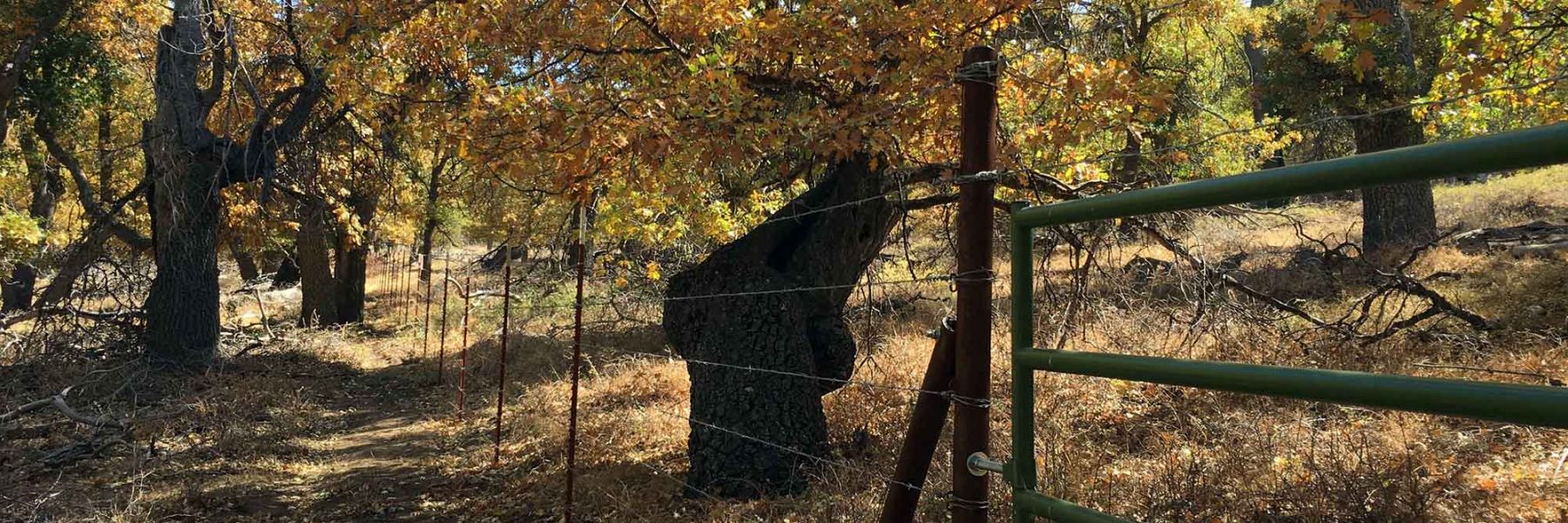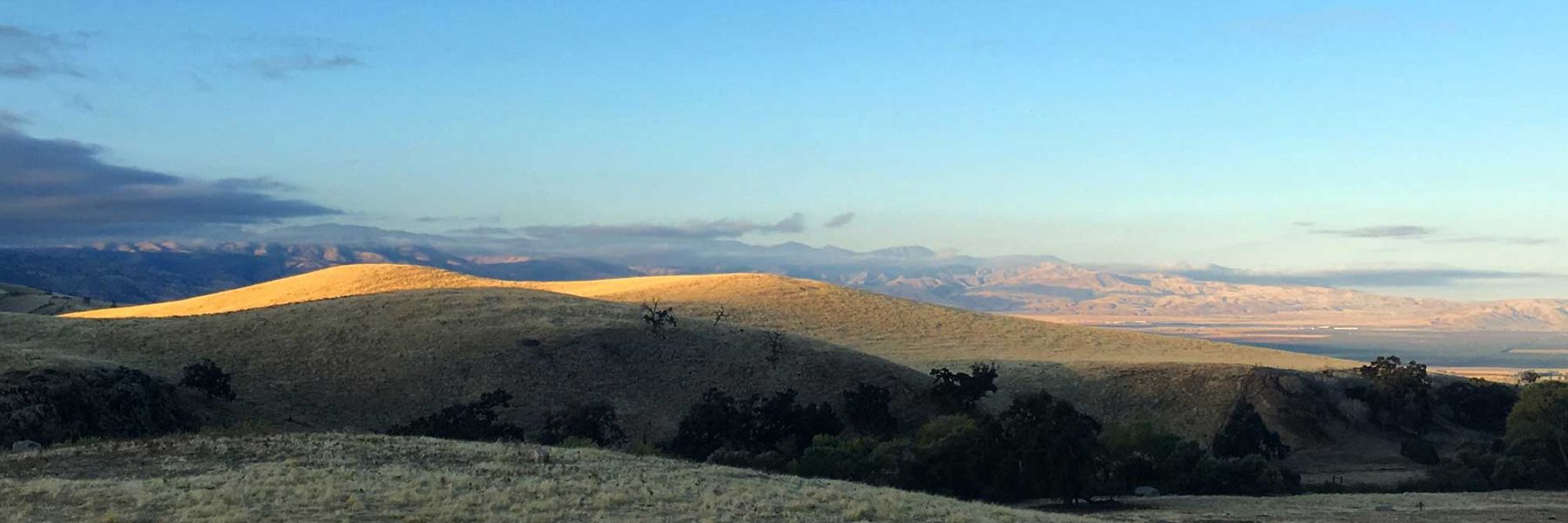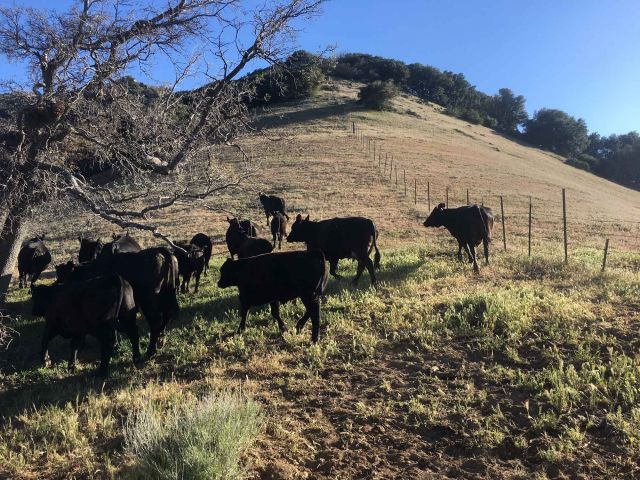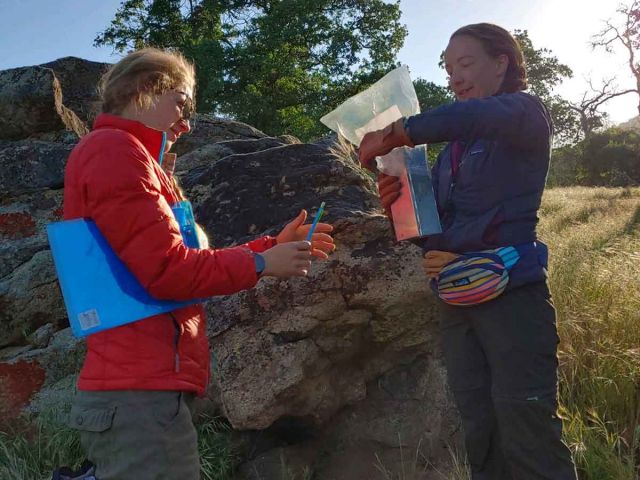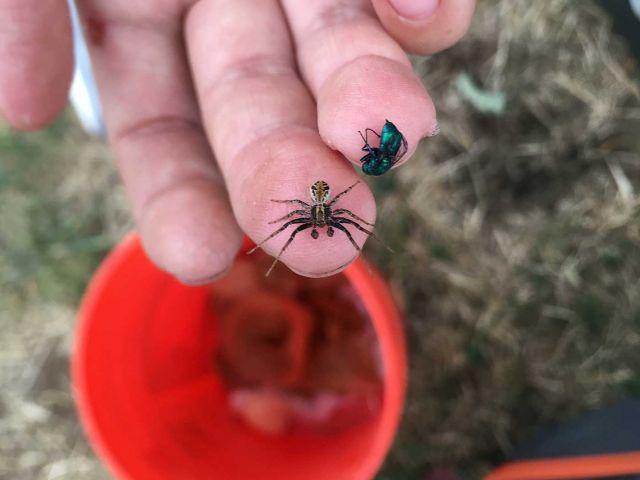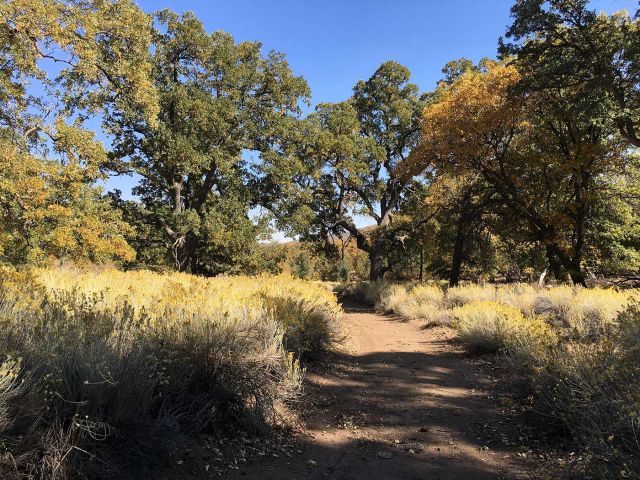Large Herbivore Effects on Tick and Tick-borne Disease in the Tehachapi Mountains, CA
Identifying and understanding synergies between multiple aspects of global change is a research and conservation priority. This challenge is addressed by exploring the interactive effects of climate change and faunal turnover on a critical ecosystem function, control of infectious disease. This study uses a large-scale field exclosure experiment, replicated across a strong regional climate gradient, to mechanistically examine the effects of large wildlife loss and the addition of livestock on tick abundance, prevalence of tick-borne disease, and disease risk under a range of climatic conditions.
Understanding Land Crabs’ Role in Atoll Connectivity and Resilience
In unimpacted systems, land crabs contribute an overwhelming majority of animal biomass to atoll communities. These animals facilitate movement and accessibility to Carbon and Nitrogen nutrients throughout these ecosystems as they transition between their marine larval and terrestrial adult phases. However, they face intense population pressures from climate change, habitat degradation, and harvesting resulting in depopulation in many coastal areas. We are building exclosures to simulate terrestrial crab loss on atolls in French Polynesia and Palmyra Atoll to understand both the role these animals play in atoll nutrient cycles and the impacts of their loss on these systems. We are building carbon monitoring robots (fluxbots) to install in the exclosures, remote sensing changes in carbon over time. Understanding these simulated loss impacts will enable us to have better-informed management of crab populations and atoll/coastal conservation.
